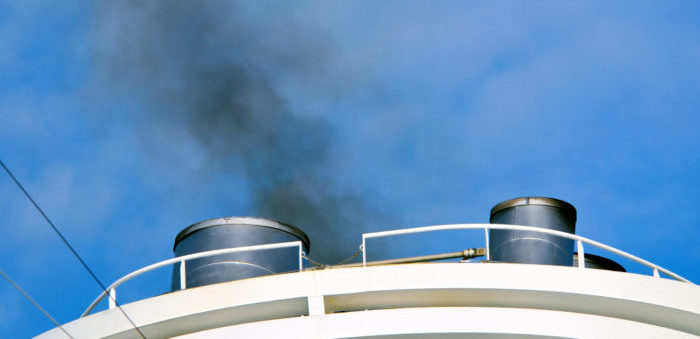BIMCO and the Royal Institution of Naval Architects (RINA) proposed an alternative method in order to determine an accurate reference speed, in line with with a carbon reduction framework currently under development by the IMO.
In fact, the aim is to secure that older ships also can obtain a reliable energy efficient design index (for existing ships), even if the original sea trial data from when the ship was delivered, is lost.
As explained, the proposal has been submitted to the 8th session of the intersessional meeting of the working group on reduction of greenhouse gas (GHG) emissions from ships, ahead of the group’s online meeting on 24 – 28 May 2021.
To remind, the IMO has set a number of greenhouse gas reduction goals towards 2050. Namely, one goal is to reduce carbon intensity by at least 40% by 2030, pursuing efforts towards 70% by 2050, compared to 2008.
In addition, the vision is to decarbonise shipping as soon as possible in this century.
According to BIMCO, while the EEXI guidelines are still in the making at IMO, the regulation will likely affect around 30,000 existing ships, as many of these may need a technical upgrade to meet the new requirements.
There are several ways to determine the parameters forming the EEXI value and depending on the method, the preparatory work is far from simple. In particular, as some of the parameters included in the calculation of EEXI will have a high impact on the outcome.
“One parameter in the calculation requires data from the original sea trial test back in the days when the ship was delivered from the shipyard. For many existing ships subject to the EEXI, such data does simply not exist any longer and is either lost over time for various reasons or has been measured in a particular loading condition which is neither relevant nor useful to the EEXI calculation”.
….BIMCO stated.
In such cases, the EEXI calculation guideline offers the option to calculate the reference speed (the so-called Vref) using an approximate formula for the ship type and installed engine power. This approximation comes however with an included “margin factor” of 5% which means that the approximated reference speed will be on the conservative side, giving results an un-realistic value of the EEXI, in particular for well-maintained and energy efficient ships.
[smlsubform prepend=”GET THE SAFETY4SEA IN YOUR INBOX!” showname=false emailtxt=”” emailholder=”Enter your email address” showsubmit=true submittxt=”Submit” jsthanks=false thankyou=”Thank you for subscribing to our mailing list”]
To ensure trustworthiness and fairness of the general concept, BIMCO and RINA have proposed to amend the IMO guidelines for EEXI to include an alternative method for determining the reference speed (Vref), which are needed for the calculation.
The suggested method helps to determine an accurate Vref parameter based on empirical data from actual in-service ship performance measurements in a given loading condition.
Both procedures and outcome from the measurements must of course be duly verified by the flag state or the authorised classification society.
Concluding, BIMCO believes there could be as many as 5,000 – 10,000 ships with inadequate documentation from the original sea trial, and therefore believes this alternative method for calculation is needed.






























































